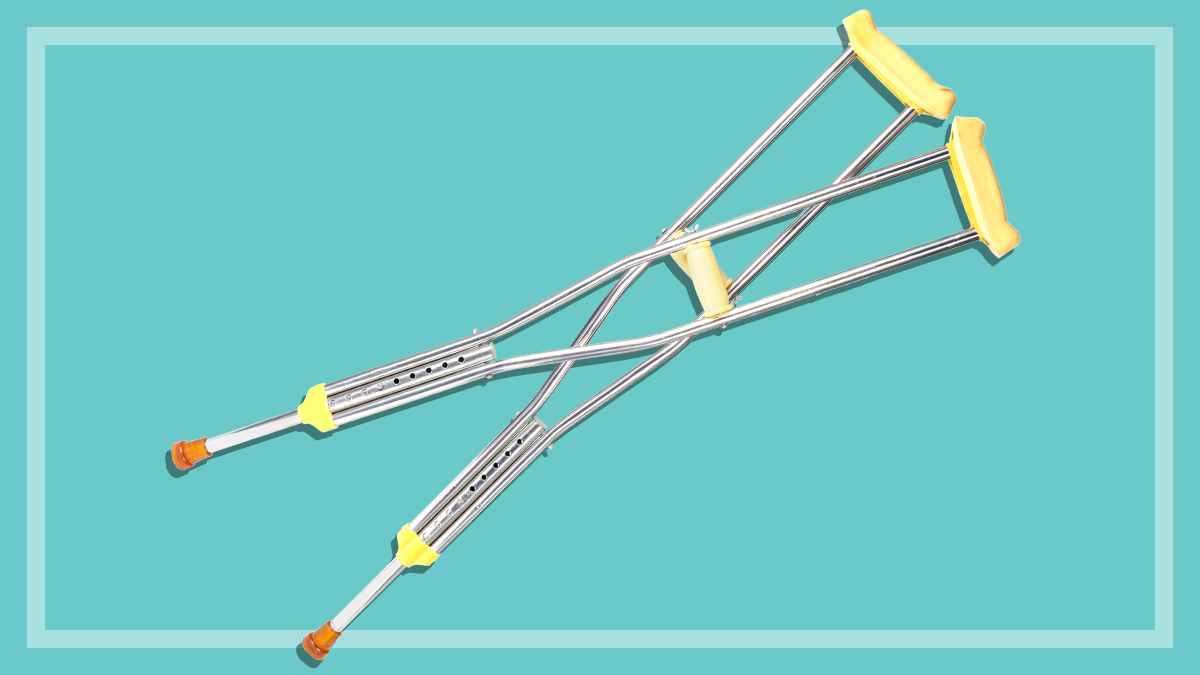Get our independent lab tests, expert reviews and honest advice.
How to downgrade your top cover health insurance and save $2000 or more

Need to know
- Top-level Gold hospital insurance policies offer the maximum level of cover with no exclusions
- A single person who doesn't really need the top cover provided by a Gold policy could save up to $2215 a year by downgrading their cover to a Silver or Silver Plus policy
- Health insurance premiums for Medibank, HBF, HCF, NIB, and Bupa are going up on 1 April, so now is the time to look at what you're covered for and whether you can get a better deal
With cost of living pressures increasing, you can make good savings by reviewing your health insurance. Do you know exactly what your health insurance policy covers?
According to the latest figures released by the Australian Prudential Regulation Authority (APRA), more than 12 million people, or about 45% of the population, have health insurance policies giving them cover for hospital treatment.
With premiums set to go up on 1 April and top level hospital policy premiums having increased by 31% over the past three years, it’s a good idea to know exactly what you’re paying for.
Are you paying for services you don’t need?
CHOICE experts say that in some cases these top-level Gold policies cost more than twice as much as the cheapest Silver policy offered by the same provider. This means you could be paying a premium to secure coverage for a handful of extra services you may never need, like pregnancy and birth.
With the cost of health insurance steadily rising, we’re encouraging people to assess their level of cover to make sure they’re not overpaying, and to check whether they could save money by downgrading.
For instance, a single person who doesn’t really need the top cover provided by a Gold policy could save up to $2215 a year by downgrading their cover to a Silver or Silver Plus Policy with the same provider – or potentially even more if they shopped around for a better deal.
What’s the difference between Gold and Silver cover?
Gold cover is the premium level of cover. Gold policies are usually the only ones that cover you for:
- IVF, pregnancy and birth
- cataract eye surgery
- hip or knee replacement
- pain-management devices
- sleep studies
- insulin pumps
- gastric-banding surgery
- private treatment for psychiatry, palliative care or rehabilitation.
Some people may have taken out the top level of cover for a sense of security that they’ll be covered under any circumstances. But CHOICE experts say that there are better value Silver Plus policies, and even some Silver or Bronze ones, that cover some of the items listed above, and that could save you hundreds of dollars if you downgrade.
For many people, a Silver Plus policy that includes cover for rehabilitation in a private hospital… will offer better value than a Gold policy
Uta Mihm, CHOICE health insurance expert
CHOICE health insurance expert Uta Mihm says, “If you’re concerned about the rising cost of living, it’s vital that you check you’re on the right level of health insurance cover to make sure you’re only paying for what you need.
“In most cases, the only people who are getting the best deal from being on a Gold policy are those who have a chronic illness or require it for pregnancy and fertility, psychiatric treatment in hospital or weight-loss surgery, as these are exclusively offered by Gold policies.
“For many people, a Silver Plus policy that includes cover for rehabilitation in a private hospital is a very good option, and will offer better value than a Gold policy.”
How much can you save?
Savings if you switch from Gold to the cheapest Silver Plus policy with the same provider (with a $750 excess).
Bupa
Downgrade from Gold Comprehensive Hospital to Silver Plus Essential Hospital and save:
- $170 per month or $2044 per year in the Australian Capital Territory and New South Wales
- $185 per month or $2215 per year in Queensland
- $177 per month or $2122 per year in Victoria.
Medibank
Downgrade from from Gold Complete to Silver Plus Core and save:
- $151 per month or $1817 per year in the Australian Capital Territory and New South Wales
- $154 per month or $1849 per year in Queensland
- $161 per month or $1936 per year in Victoria.
HCF
Downgrade from Hospital Premium Gold* to Silver Standard Silver Plus and save:
- $152 per month or $1825 per year in the Australian Capital Territory and New South Wales
- $156 per month or $1875 per year in Queensland
- $165 per month or $1976 per year in Victoria.
NIB
Downgrade from Gold Top Hospital* to Silver Hospital and save:
- $164 per month or $1967 per year in ACT & NSW
- $170 per month or $2036 per year in Queensland
- $176 per month or $2111 per year in Victoria.
*The Gold HCF and NIB policies are only available as a package with extras insurance. If you want to keep your extras insurance, you could always add it to your Silver policy.
According to Uta, if you’re paying for Gold cover because you want to be covered for items such as sleep studies or an insulin pump, there are cheaper policies available that cover these things.
“There are even Bronze plus policies that include cover for insulin pumps, so if you’re paying for a Gold policy just because you need an insulin pump, you should downgrade to save money,” she says.
Has your Gold cover served its purpose?
You should also downgrade if you’ve made use of the higher level cover but don’t need it any more.
Perhaps you took out Gold cover to have a baby in a private hospital, but don’t plan to have any more children? Or maybe you upgraded to Gold cover for cataract eye surgery, but your surgery and recovery are now finished?
If so, and in similar situations, you could downgrade to a Silver policy to make significant savings.
How much could you save by downgrading from Gold to Silver Plus or Silver?
The difference in price between Gold policies and Silver policies varies between providers, and depends on whether you have single or family cover, as well as which state you live in.
CHOICE experts analysed the cost difference between the top Gold policies and the cheapest mid-level (Silver or Silver Plus) policies offered by major insurers. They found that if you downgrade to a mid-level policy that differs by only a few items, you can save up to 53% of the price you’re paying for a Gold policy.
Saving $2215 a year
For example, if you’re single and have a Gold Comprehensive Hospital Policy with a $750 excess with Bupa and you live in Queensland, you’re paying about $346 a month in premiums (without the rebate). If you switch to the cheapest Silver Plus policy with a $750 excess offered by Bupa, it will cost you just $161 a month – saving you $2215 over the year.
As prices for the same level of coverage can vary so much, it’s important to shop around
Uta Mihm, CHOICE health insurance expert
The only differences between these two policies are coverage for assisted reproductive services, pregnancy and birth, dialysis for chronic kidney failure, insulin pumps, cataract surgery, joint replacements, weight-loss surgery and pain management with a device (used for nerve or chest pain caused by coronary heart disease, for example). So it’s only worth paying for a Gold policy if you’re sure you’ll need these services.
“Not only is it vital to understand what you’re paying for, but as prices for the same level of coverage can vary so much, it’s important to shop around,” Uta says. “You could definitely save money by downgrading, but this is obviously only a good idea if you don’t lose the cover you’re going to need.”
CHOICE tip: Our experts have revealed that some of the best deals on health insurance can be found on Gold policies that are now no longer available to new customers. If you’re on one of these ‘closed policies’, you may be getting a great deal already and should keep it. Read more here: Sky-high increases in top-level health cover.
Looking for better value cover?
CHOICE has built a tool that lets you compare thousands of health insurance policies in Australia.
Our experts rate policies based on out-of-pocket costs, fund complaints, cover, price and more – and we’re 100% independent, which means we don’t show sponsored results the way other comparison sites do.
We show you all the funds – big and small, member-owned and for-profit – to help you find the best.





